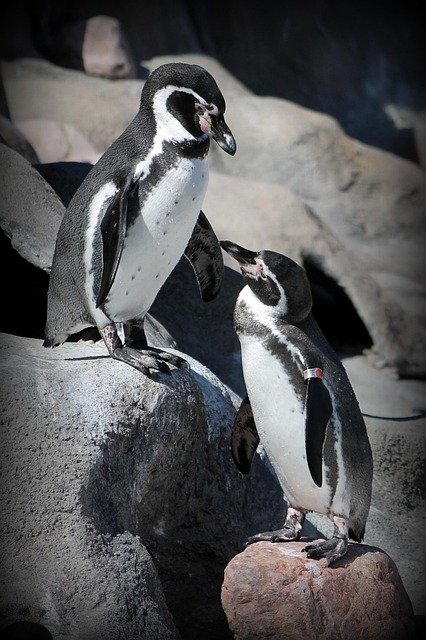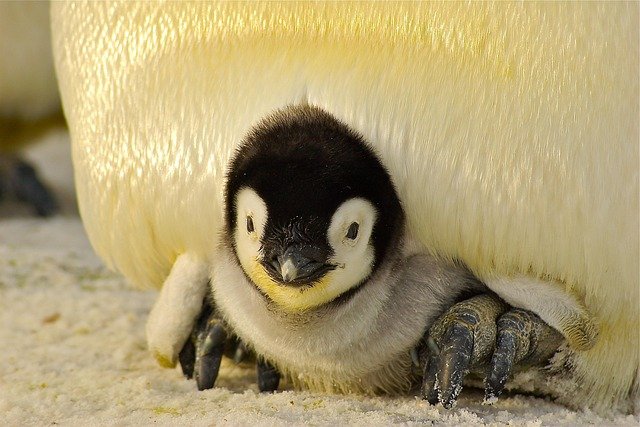**Topic: "The Remarkable Adaptations of Penguins: How They Thrive in Extreme Environments"

The Remarkable Adaptations of Penguins: How They Thrive in Extreme Environments
Penguins are fascinating creatures that have captured the hearts of many with their unique appearance and charming behaviors. But beyond their endearing looks, these flightless birds possess a range of remarkable adaptations that allow them to thrive in some of the harshest environments on Earth. In this post, we'll explore how penguins have evolved to survive and flourish in extreme cold, icy waters, and challenging landscapes.
1. Insulating Feathers
One of the most crucial adaptations of penguins is their specialized feathers. Unlike other birds, penguins have a dense layer of waterproof feathers that provide excellent insulation. Each feather is tightly packed and coated with a natural oil that helps to keep water out, ensuring that their body heat is retained even in freezing temperatures.
Key Features:
- Waterproofing: Keeps them dry while swimming.
- Insulation: Maintains body temperature in cold climates.
2. Fat Reserves
Beneath their skin, penguins have a thick layer of blubber that serves as both insulation and an energy reserve. This fat layer is essential for survival, especially during the harsh winter months when food may be scarce.
Benefits:
- Energy Storage: Provides sustenance during breeding and molting seasons.
- Thermal Regulation: Helps maintain core body temperature.
3. Streamlined Bodies
Penguins have evolved a streamlined body shape that enhances their swimming ability. Their wings have transformed into flippers, allowing for agile and efficient movement in the water. This adaptation not only aids in hunting for fish and krill but also helps them evade predators.
Advantages:
- Efficient Swimming: Conserves energy while foraging.
- Predator Evasion: Swift movements help escape from seals and other threats.
4. Social Behavior and Nesting
Penguins are highly social animals, often living in large colonies. This social structure provides various advantages, such as increased protection from predators and cooperative breeding. Many species of penguins also engage in communal nesting, which helps to keep eggs and chicks warm during the frigid Antarctic nights.
Social Adaptations:
- Colony Living: Safety in numbers reduces predation risk.
- Cooperative Care: Shared responsibilities in raising chicks.
5. Unique Breeding Strategies
Different penguin species have developed unique breeding strategies to cope with their extreme environments. For instance, Emperor Penguins are known for their remarkable breeding cycle, where males incubate the eggs on their feet, keeping them warm under a flap of skin. This adaptation allows them to breed during the coldest months of the year.
Notable Strategies:
- Egg Incubation: Males take on the responsibility of keeping eggs warm.
- Chick Rearing: Parents take turns feeding and protecting their young.
Conclusion
Penguins are a testament to the power of adaptation in the face of extreme environmental challenges. Their unique physical traits, social behaviors, and breeding strategies not only ensure their survival but also highlight the intricate balance of life in some of the planet's most inhospitable regions. As we continue to study these remarkable birds, we gain valuable insights into the resilience of nature and the importance of conservation efforts to protect their habitats.
References
Feel free to share your thoughts or ask questions about these incredible birds in the comments below!

Upvoted! Thank you for supporting witness @jswit.